It is not how much you give that counts, but how much of a difference it makes. and, as donors pay attention to the end uses, NGOs too are learning to channel the generosity of people in a transparent way.
The end of the year, and decade, is a time for reflection. In The Mag on Sunday, we look at how we can be helpful to others who are less privileged. What emerges in this special issue is an awareness that it is not how much you give that counts, but how much of a difference it makes. and, as donors pay attention to the end uses, NGOs too are
learning to channel the generosity of people in a transparent way.
At Goonj, Anshu Gupta has long resigned himself to the fact that Delhi’s middle class and its money are not soon parted. So he asks it, instead, to let go its household excesses.
The NGO’s sorting room is full of discarded clothes. The jeans that cannot hold your girth, the shirt with a stain down the front, the underwear whose elastic is overstretched, the sock without a pair or even the kitchen rag you want to chuck. Every scrap means something to Goonj. If they are intact, the clothes are donated; if torn, they are tailored into smaller outfits for children or stripped and fed into a loom to create mats.
The smallest squares of cloth that cannot be tailored into anything wearable are washed, ironed and carefully wrapped in layers to make clean sanitary napkins. Sealed into paper bags, these are then dispatched to women in villages and slums across the country.
Gupta is among the many in the social service sector to realise the need to step out of the box to tap the philanthropic core in Indians. Traditionally, for most, giving is a religious ritual — the money that goes into the daan peti at the temple, the offering to appease Shani or the alms to the beggars outside a mosque.
Opening up the purse for secular, community or even research related causes is not easy for the average Indian. There was a time when community funding was used to set up dharamshalas, gurukuls and other public institutions. There are few such examples today. Compared to the merchant philanthropists of say 19th century Mumbai, there are few givers among the urban wealthy. Which city millionaire these days contributes a fraction of what Jamsetjee Jeejeebhoy or Jagannath Shankar Sheth did to civic or social causes?
So, are today’s wealthy Indians tight-fisted? Sunil Bharti Mittal, chairman and group CEO of Bharti Enterprises, who figures among the world’s top donors, doesn’t believe there is any need to fret. “For Indian corporates, wealth creation is a relatively new phenomenon and as they become more comfortable with their sustained wealth creation, they will take up philanthropy in a more meaningful way,” he told DNA.
NGOs are also working on new approaches to raise resources. From easy and painless monthly charity to focussed micro-giving, a slew of innovative methods are ensuring that Indians, especially the growing population of young, well-heeled professionals, open up their purses.
“How, when, where can we reach our potential donors — we need to constantly rethink these questions,” says Kapil Kaul, country head of Helpage India.
Give as you earn
This works beautifully for the lazy philanthropist. If the trouble of writing that cheque and handing it over to a charity regularly is what stops you from giving, Charity Aid Foundation and Give India have formulated something that works like a billing system. Every month the fraction of your salary you are willing to give away to a cause close to your heart is deducted automatically.
“Inertia, not lack of generosity, is one of the greatest blocks to sustained philanthropy. There is no deadline to giving, you can donate whenever you please, so you put it off forever. But NGOs need regular inflows to plan ahead. Sporadic giving cannot sustain large projects,” says CAF India head Amita Puri who says that salary deduction is becoming increasingly popular among professionals. Microsoft, ABB, Sri Ram School, Dominos and PriceWaterhouse are organisations where employees have signed up to regularly donate from salaries. Employers too are encouraged to match this giving.
Focussed giving
Many of us are wary of writing out a big cheque to an NGO without knowing where exactly the money will go. But if a small target is specified, it allows the giver to form a connection with the subject of generosity. Helpage, for instance, allows you to pick a cause, like adopting a grandparent or paying for a cancer surgery.
Sudip Mouzumder, who works in a multilateral agency, funds the educational requirements of 15 poor students, some of them orphans, at the Vinay Nagar Government Higher Secondary School in South Delhi. “I know who the children are, what they need and track their progress. I even know for instance that a child I supported through school has just got through to the Delhi College of Engineering,” he says.
Rajender Johar is a paraplegic with a mission: to help others who suffer from disabilities become financially self-sufficient. He runs FOD (family of disabled) which offers small but handy funds to help physically challenged persons set up their own businesses and lead a life of dignity.
“The act of giving has come a long way from merely donating to your local mandir and not bothering to find out how that money was used. Today, people value the impact they make on a cause,” says Yogita Verma, director, resource mobilisation, CRY. There is pride in the ownership of a project – be it giving time to help acquire ration cards or working with the authorities to ensure good standards in a government school.
Take for instance CRY’s Mumbai-based project, Right Exposure. This was an initiative where a group of amateur photographers came together to document children’s lives and their challenges. It allowed donors to keep track of the changes their time and money made.
Charity counselling
Are you one of those who want to give but cannot quite decide who to donate to? Maybe you have someone in mind but would like a quick credibility survey before giving? Or would like some help with channeling the funds or even tracking its usage? This counsel does not come free but many consider it a small price to pay for ensuring that your hard-earned money is well-spent. Organisations like CAF and Give India provide this service and take a small percentage of the donated money. They do not, however, charge the NGOs anything for the resource-building assistance.
Marketing professional N Bharadwaj has been scouting for a small, lesser known but sincere NGO to fund. But credibility issues have held her back. “We have been looking for worthy organisations for two years. We did not want to give to large organisations that are already well-funded. Credibility is a big issue because we are using only information that comes to us through word of mouth and the internet to make a decision. Frankly we gave it up because we were not sure about the credibility of whatever was being put on the table. There is a basic mistrust of NGOs and a rating agency would help,” she says.
Greater transparency
Most people who haven’t yet ventured into regular philanthropy will tell you that they are sceptical about the credentials of the NGOs, especially those that are not in the big league. This has severely limited the flow of charity from ordinary middle class givers. “We need to create a robust and transparent sector,” says Kaul.
In the School Choice Campaign, donors sponsor education vouchers for needy students. Traditionally poor children have no choice but to settle for government schools which are stretched for seats and resources. But now these vouchers allow them to aim at private schools and better quality of education. School Choice offers financial reports to donors indicating how their money is spent. In fact, most established NGOs now publish their accounts on their websites. “In this sector, we are not in the habit of offering clear accounts for public scrutiny. This works against us. But it is only fair that the donor would want to know,” says Baladevan Rangaraju, national director of the School Choice
Campaign.
Starting with schools
Helpage is currently collaborating with schools to introduce to children the concept of philanthropy early in life. Though schools encourage children to be generous, there is no systematic emphasis on the need to give a part of one’s wealth to the community.
“Where are the references to sharing in their books? The young, like the rest of society, are becoming increasingly individualistic,” says Pradeepta Naik of Sampradaan, which is trying to create community-driven philanthropy in backward pockets of the country.
From giving as a route to moksha to actively participating in the lives of beneficiaries, philanthropy has come a long way in India. Says Jasmine Wadhawan, a volunteer with Give India: “Of course, handsome amounts donated to causes are badly needed but what is also heartening is the thought behind a lot of contemporary giving. For instance, a gentleman in Kerala decided to ‘give back’ to the rickshaw driver who safely ferried his daughters to school for years.”
(With inputs from Kareena Gianani)
![submenu-img]() Verantes Living Awarded as India’s No.1 Stainless Steel Modular Kitchen Brand
Verantes Living Awarded as India’s No.1 Stainless Steel Modular Kitchen Brand![submenu-img]() Narayana Murthy’s Infosys set to invest Rs 170000000 in this startup
Narayana Murthy’s Infosys set to invest Rs 170000000 in this startup![submenu-img]() 'Towards reducing pollution..': Delhi govt approves replacement, induction of electric vehicles in 'Gramin Sewa'
'Towards reducing pollution..': Delhi govt approves replacement, induction of electric vehicles in 'Gramin Sewa'![submenu-img]() Discover Stainless France, the Leading Supplier of Cobalt Chrome
Discover Stainless France, the Leading Supplier of Cobalt Chrome![submenu-img]() Kritika Kamra says men should take responsibility for fighting sexism: 'There's a thin line between...'
Kritika Kamra says men should take responsibility for fighting sexism: 'There's a thin line between...'![submenu-img]() 'दीदी' को हिंदू त्योहारों से दिक्कत? West Bengal में मुहर्रम पर कॉरिडोर बनवाया, 112 फुट ऊंचे दुर्गा पूजा पंडाल का काम रुकवाया, जानें पूरा विवाद
'दीदी' को हिंदू त्योहारों से दिक्कत? West Bengal में मुहर्रम पर कॉरिडोर बनवाया, 112 फुट ऊंचे दुर्गा पूजा पंडाल का काम रुकवाया, जानें पूरा विवाद![submenu-img]() Israel Hezbollah War: हिजबुल्लाह चीफ दे रहा था टीवी पर धमकी, तभी इजरायली विमानों ने कर दी लेबनान में एयर स्ट्राइक
Israel Hezbollah War: हिजबुल्लाह चीफ दे रहा था टीवी पर धमकी, तभी इजरायली विमानों ने कर दी लेबनान में एयर स्ट्राइक![submenu-img]() कोलकाता रेप-मर्डर केस में जूनियर डॉक्टरों की हड़ताल खत्म, इस दिन से काम पर लौटने का किया फैसला
कोलकाता रेप-मर्डर केस में जूनियर डॉक्टरों की हड़ताल खत्म, इस दिन से काम पर लौटने का किया फैसला![submenu-img]() तिरुपति मंदिर के प्रसाद में मिलाई जानवर की चर्बी? सीएम चंद्रबाबू नायडू के दावे पर मचा बवाल, जानिए क्या कहती है लैब रिपोर्ट
तिरुपति मंदिर के प्रसाद में मिलाई जानवर की चर्बी? सीएम चंद्रबाबू नायडू के दावे पर मचा बवाल, जानिए क्या कहती है लैब रिपोर्ट![submenu-img]() New Corona Variant: तेजी से फैल रहा कोरोना का नया XEC वेरिएंट, 27 देशों में मिले मरीज, क्या फिर दिखेगा 2020 जैसा खौफनाक नजारा?
New Corona Variant: तेजी से फैल रहा कोरोना का नया XEC वेरिएंट, 27 देशों में मिले मरीज, क्या फिर दिखेगा 2020 जैसा खौफनाक नजारा?![submenu-img]() Ford to return to India after 2 years with reopening of....
Ford to return to India after 2 years with reopening of....![submenu-img]() Maruti Suzuki launches new Swift CNG, check price, mileage, other features
Maruti Suzuki launches new Swift CNG, check price, mileage, other features![submenu-img]() ‘30 LPA, 3BHK, no in-laws’: Woman earning Rs 1.32 lakh salary lists demands for future husband, netizens say...
‘30 LPA, 3BHK, no in-laws’: Woman earning Rs 1.32 lakh salary lists demands for future husband, netizens say...![submenu-img]() In a big EV push, Centre launches Rs 10900 crore PM E-Drive scheme to replace…
In a big EV push, Centre launches Rs 10900 crore PM E-Drive scheme to replace…![submenu-img]() World’s longest car has helipad, swimming pool, mini-golf course, can seat over…; it cost…
World’s longest car has helipad, swimming pool, mini-golf course, can seat over…; it cost…![submenu-img]() Meet IPS officer who has resigned after serving for 18 yrs due to...
Meet IPS officer who has resigned after serving for 18 yrs due to...![submenu-img]() Meet Indian man, who got hired whopping Rs 12000000 crore salary job, not from IIT, IIM he is...
Meet Indian man, who got hired whopping Rs 12000000 crore salary job, not from IIT, IIM he is...![submenu-img]() Meet woman who left medical career for UPSC exam , became IPS with AIR 165 then left job due to...
Meet woman who left medical career for UPSC exam , became IPS with AIR 165 then left job due to...![submenu-img]() Meet man, who left NDA due to depression, then cracked UPSC exam to become IAS officer, his AIR was...
Meet man, who left NDA due to depression, then cracked UPSC exam to become IAS officer, his AIR was...![submenu-img]() Meet youngest CEO of India, who created first app at 9, began his own company at 13, now he is…
Meet youngest CEO of India, who created first app at 9, began his own company at 13, now he is…![submenu-img]() Congress President Kharge Slams & Opposes 'One Nation, One Election' Proposal, Calls It Impractical
Congress President Kharge Slams & Opposes 'One Nation, One Election' Proposal, Calls It Impractical![submenu-img]() Why 'One Nation One Election' Is important? Ashwini Vaishnaw Explains After It Gets Cabinet Approval
Why 'One Nation One Election' Is important? Ashwini Vaishnaw Explains After It Gets Cabinet Approval![submenu-img]() Jammu Kashmir Assembly Election 2024 Phase 1 Highlights: What Happened In First phase In J&K Polls?
Jammu Kashmir Assembly Election 2024 Phase 1 Highlights: What Happened In First phase In J&K Polls?![submenu-img]() One Nation One Election: Centre Clears Proposal, Bill To Be Introduced In Winter Session | Modi 3.0
One Nation One Election: Centre Clears Proposal, Bill To Be Introduced In Winter Session | Modi 3.0![submenu-img]() Haryana Elections 2024: Is BJP Set To Lose In Haryana? Anti-Incumbency And Other Factors Analysed
Haryana Elections 2024: Is BJP Set To Lose In Haryana? Anti-Incumbency And Other Factors Analysed![submenu-img]() Verantes Living Awarded as India’s No.1 Stainless Steel Modular Kitchen Brand
Verantes Living Awarded as India’s No.1 Stainless Steel Modular Kitchen Brand![submenu-img]() Narayana Murthy’s Infosys set to invest Rs 170000000 in this startup
Narayana Murthy’s Infosys set to invest Rs 170000000 in this startup![submenu-img]() Discover Stainless France, the Leading Supplier of Cobalt Chrome
Discover Stainless France, the Leading Supplier of Cobalt Chrome![submenu-img]() ITR filing: Haven’t received your income tax refund yet? Here’s what you should do
ITR filing: Haven’t received your income tax refund yet? Here’s what you should do![submenu-img]() Meet ‘delivery boy’ who beats Mukesh Ambani in world’s billionaire list, his net worth is…
Meet ‘delivery boy’ who beats Mukesh Ambani in world’s billionaire list, his net worth is…![submenu-img]() In pics: Saiyami Kher conquers Ironman triathlon in Germany, swims, cycles, runs to complete endurance races
In pics: Saiyami Kher conquers Ironman triathlon in Germany, swims, cycles, runs to complete endurance races![submenu-img]() Meet IAS officer, who cracked in UPSC exam along with full-time job, her AIR was...
Meet IAS officer, who cracked in UPSC exam along with full-time job, her AIR was...![submenu-img]() In pics | India vs Bangladesh 1st Test, Day 1
In pics | India vs Bangladesh 1st Test, Day 1![submenu-img]() From Mechuka to Hayuliang village: Explore lesser-known destinations of Arunachal Pradesh
From Mechuka to Hayuliang village: Explore lesser-known destinations of Arunachal Pradesh![submenu-img]() From Simlipal National Park to Mahendragiri: Top 6 hidden gems to discover in Odisha
From Simlipal National Park to Mahendragiri: Top 6 hidden gems to discover in Odisha![submenu-img]() 'Towards reducing pollution..': Delhi govt approves replacement, induction of electric vehicles in 'Gramin Sewa'
'Towards reducing pollution..': Delhi govt approves replacement, induction of electric vehicles in 'Gramin Sewa'![submenu-img]() More trouble for ex-RG Kar principal Sandip Ghosh, Bengal medical body now...
More trouble for ex-RG Kar principal Sandip Ghosh, Bengal medical body now...![submenu-img]() Tirupati Laddu row: Lab report confirms prasada contains beef fat, fish oil
Tirupati Laddu row: Lab report confirms prasada contains beef fat, fish oil![submenu-img]() Delhi: Water supply to be shut down in capital for 12 hours tomorrow due to…; check list of affected areas
Delhi: Water supply to be shut down in capital for 12 hours tomorrow due to…; check list of affected areas![submenu-img]() FATF says India faces severe 'terrorist financing threats' from...
FATF says India faces severe 'terrorist financing threats' from...

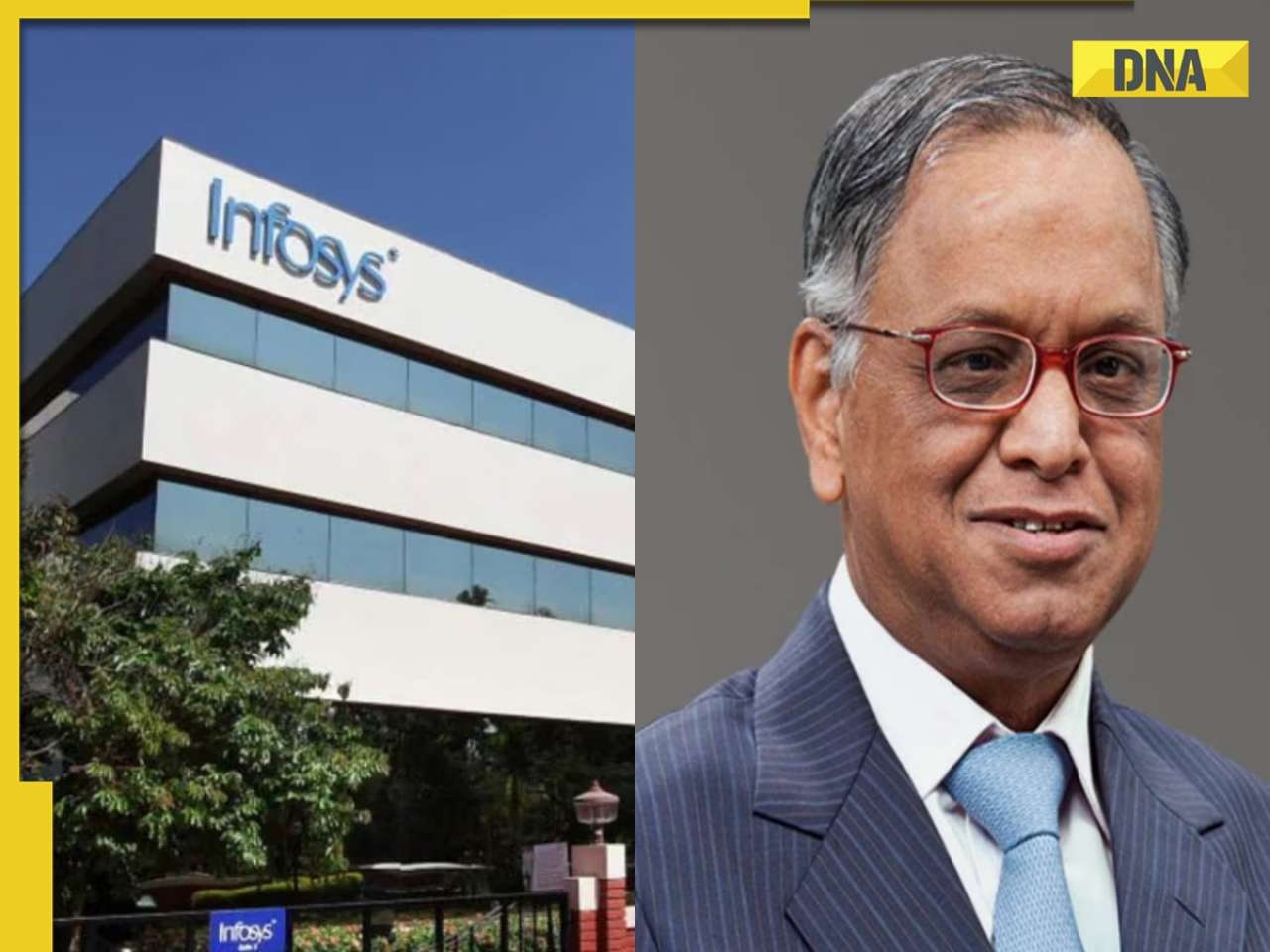
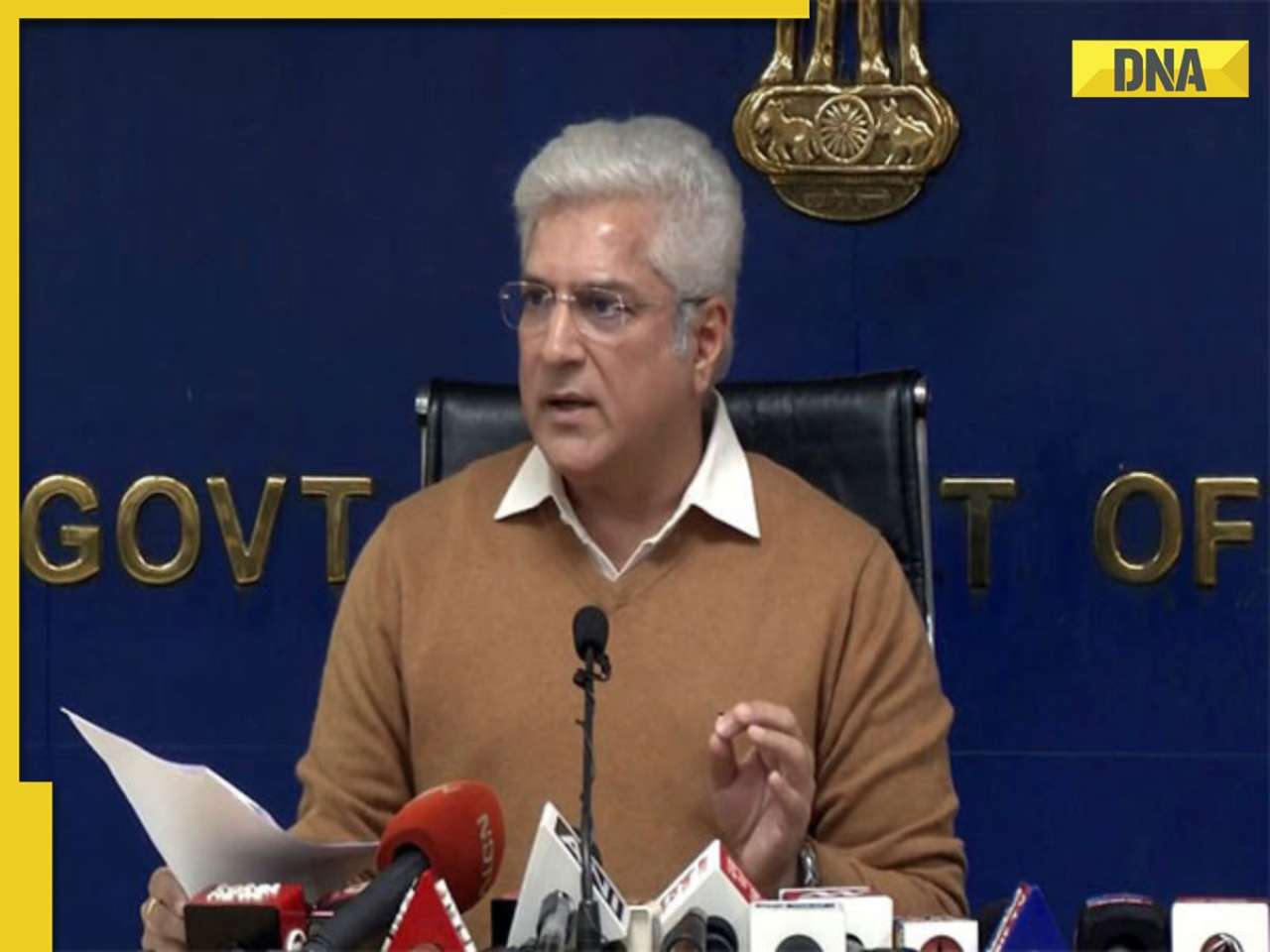




















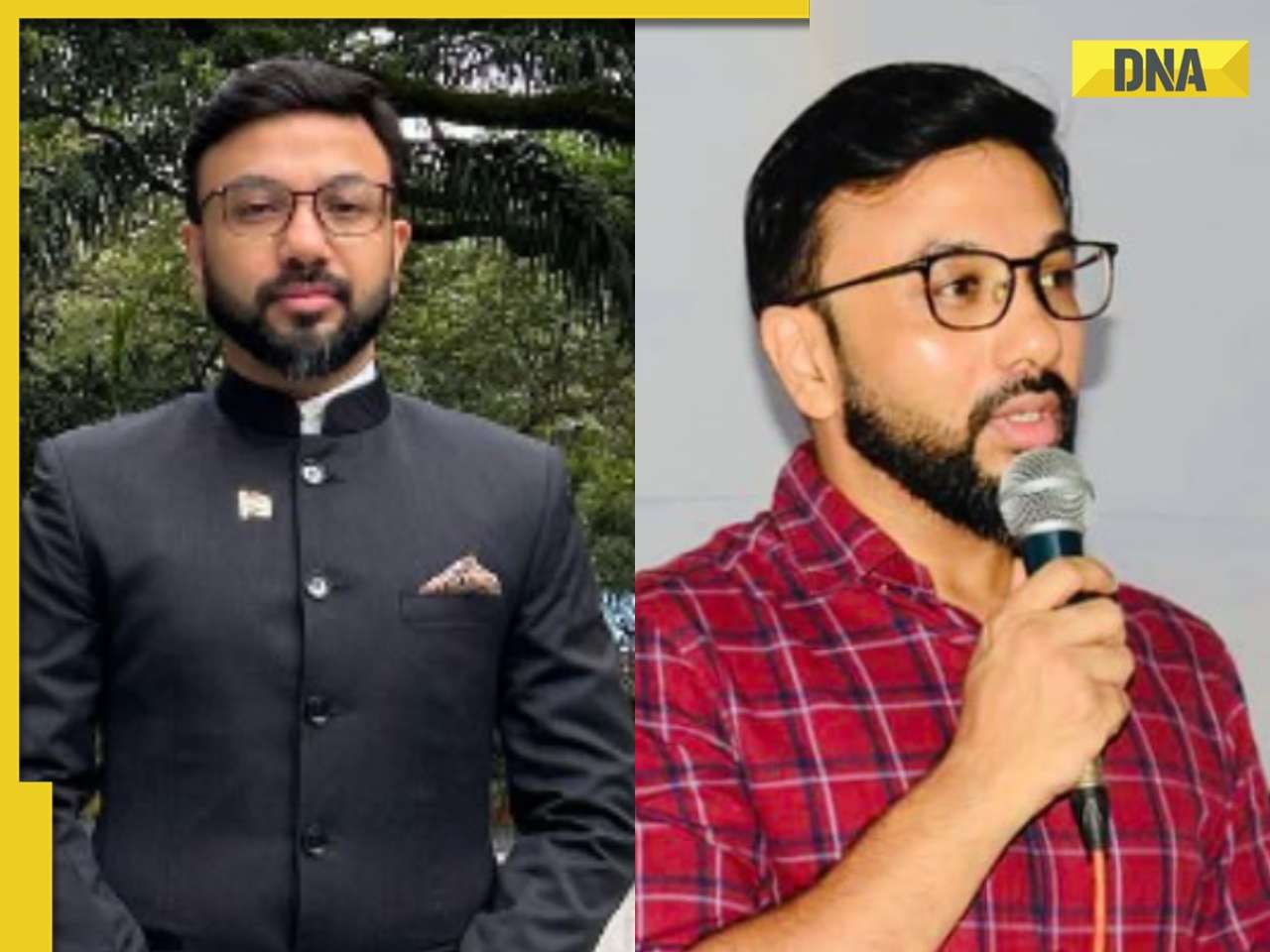

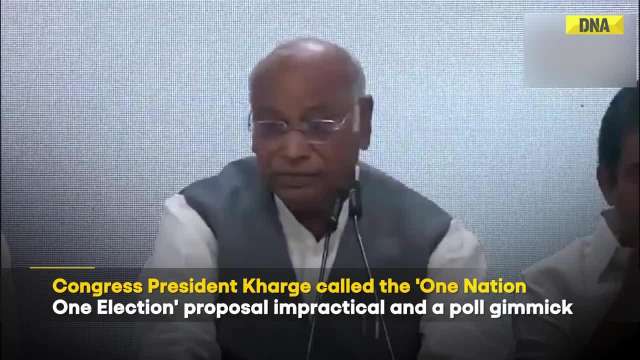
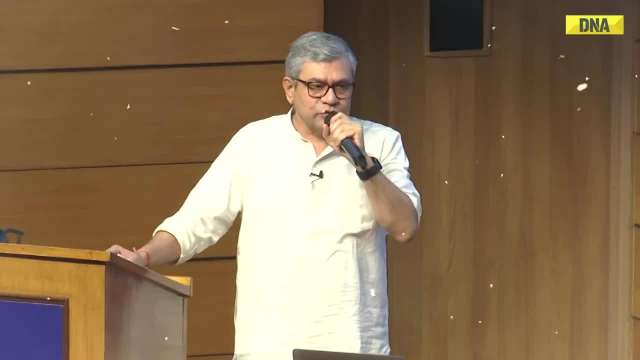

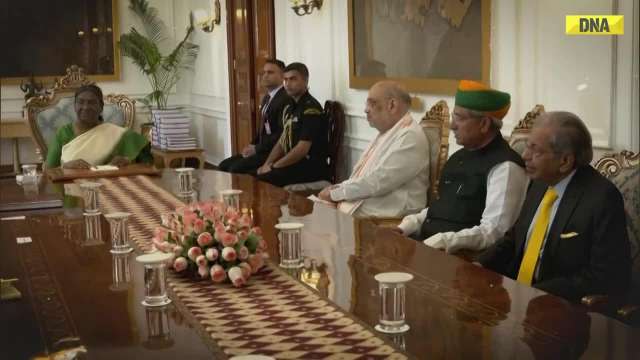


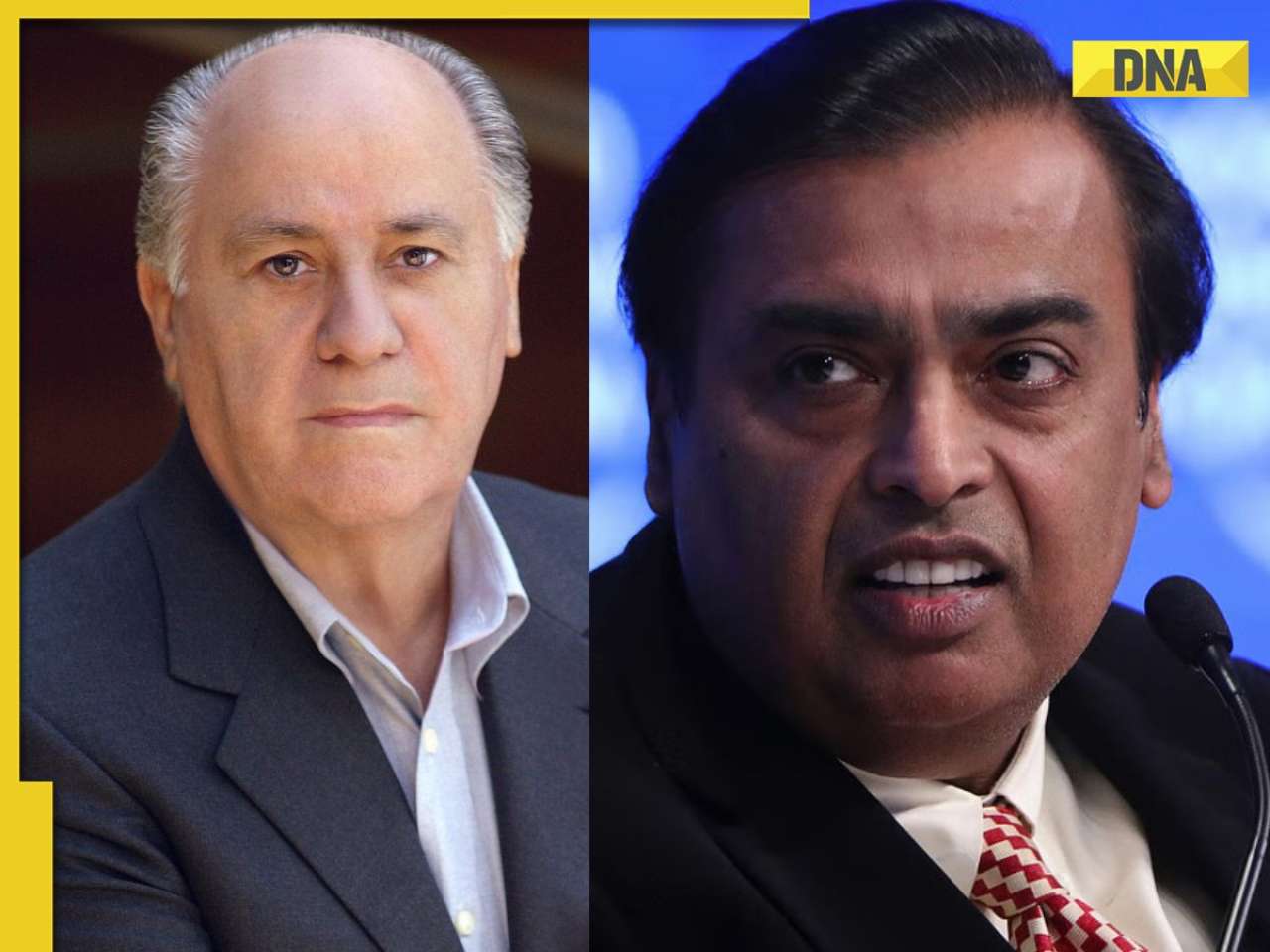





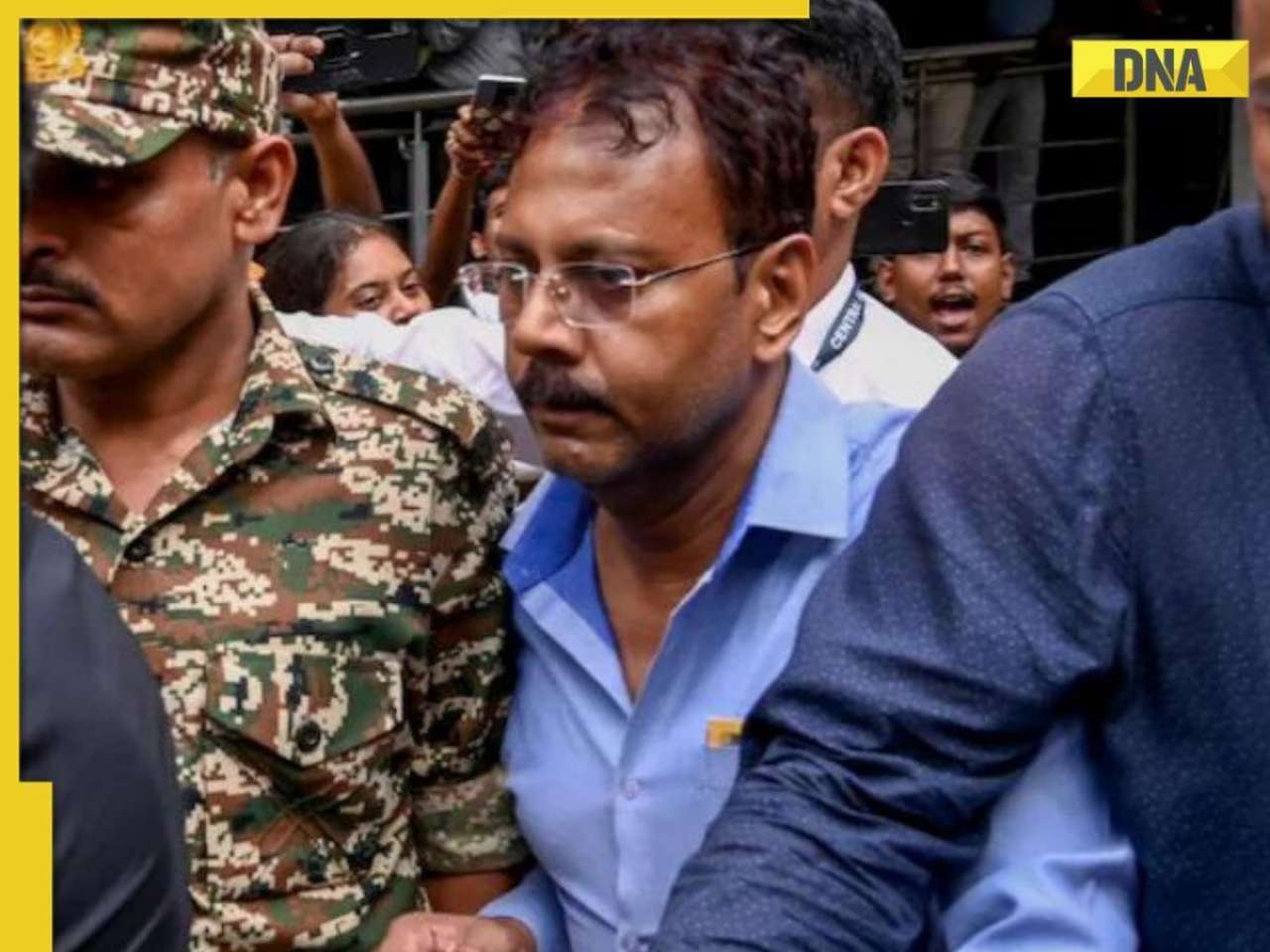





)
)
)
)
)
)
)
)
)
)
)
)
)
)





)
)
)
)
)
)